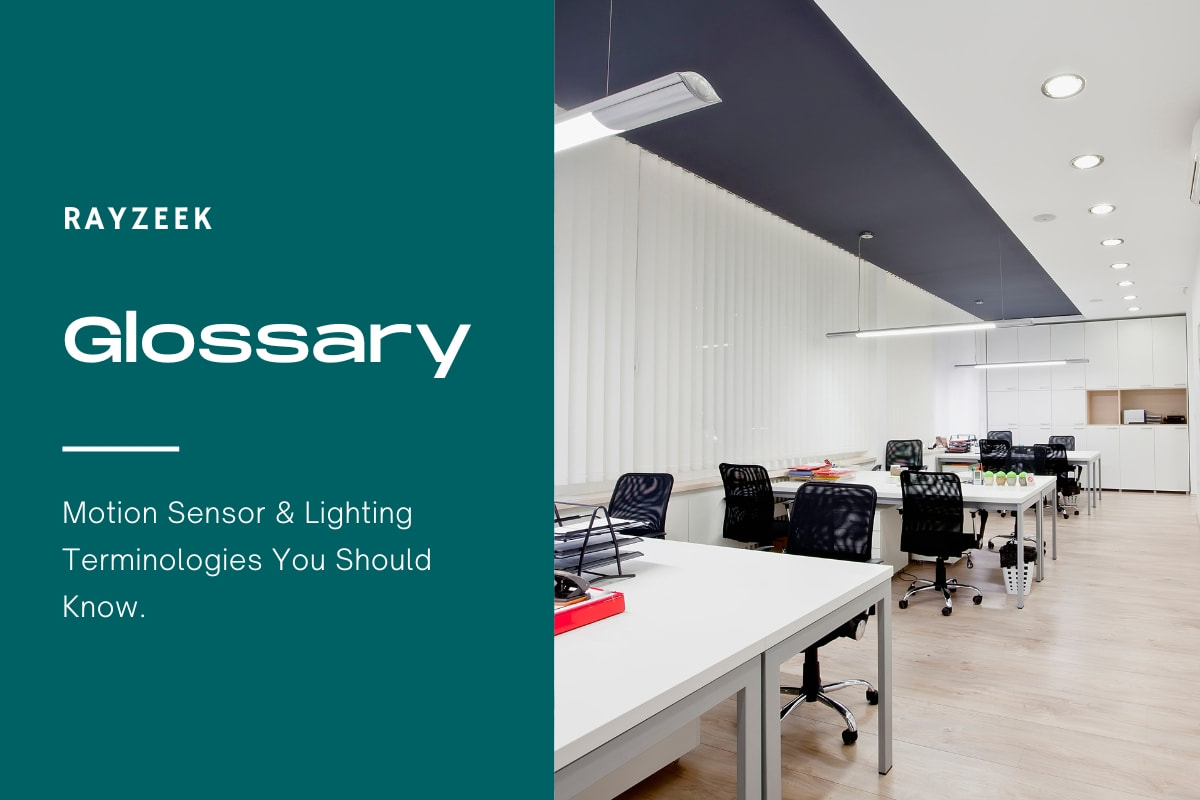What is Solid State
Solid state refers to electronic components, devices, and systems that are based entirely on semiconductor materials, such as silicon, germanium, or gallium arsenide. These solid-state systems utilize diodes and transistors, which are two common types of solid-state devices. Diodes are electronic components that allow current to flow in one direction while blocking it from the other direction. They can also serve as rectifiers, converting alternating current (AC) to direct current (DC). Examples of diodes include laser diodes, P-N junction diodes, and light-emitting diodes (LEDs).
Looking For Motion-Activated Energy-Saving Solutions?
Contact us for complete PIR motion sensors, motion-activated energy-saving products, motion sensor switches, and Occupancy/Vacancy commercial solutions.
Transistors, on the other hand, are electronic components that can pass current between resistance regions. They provide more versatility than diodes and can serve as rectifiers as well. One important feature of transistors is their ability to provide amplification, which diodes cannot do. Transistors use an external power source to magnify the signal and implement amplification. Common examples of transistors include bipolar junction transistors (BJTs) and field-effect transistors (FETs).
Solid-state technology is also utilized in memory systems. NOR and NAND are two common types of memory based on solid-state technology. These memory types are used for storing and retrieving data in electronic devices.
Get Inspired by Rayzeek Motion Sensor Portfolios.
Doesn't find what you want? Don't worry. There are always alternate ways to solve your problems. Maybe one of our portfolios can help.
Frequently Asked Questions
What Is an Example of Solid-State Lighting
Solid-state lighting is commonly utilized in various applications such as traffic lights, modern vehicle lights, street and parking lot lights, train marker lights, building exteriors, and remote controls. The optimal control of LED light emission can be achieved through the effective implementation of nonimaging optics principles.
What Are the Advantages of Solid-State Lighting
Solid-state lighting is widely utilized in various lighting applications due to its numerous advantages. These include extended lifespan, reduced energy consumption, and enhanced light quality. Additionally, solid-state lighting is renowned for its durability, intrinsic safety, and suitability for compact and adaptable light fixtures.
Why Is LED Technology Stated as Solid-State Lighting
Differing from traditional light sources that rely on tungsten filament, plasma, or gases to produce light, solid-state lighting utilizes organic or inorganic light emitting diodes (LEDs), and has the capability to generate light with nearly 100% efficiency.
Why Is It Called Solid-State
Solid-state is named after the route that electrical signals travel through solid pieces of semi-conductor material. Before the introduction of solid-state devices like transistors, electricity flowed through different components within a heated vacuum tube.
What Does Solid-State Stand For
Solid-state refers to electronics that are constructed using only solid materials, without any moving parts. These circuits are distinct from other types of circuits, such as electromechanical ones, as they rely on charge carriers that are contained within solid materials.









